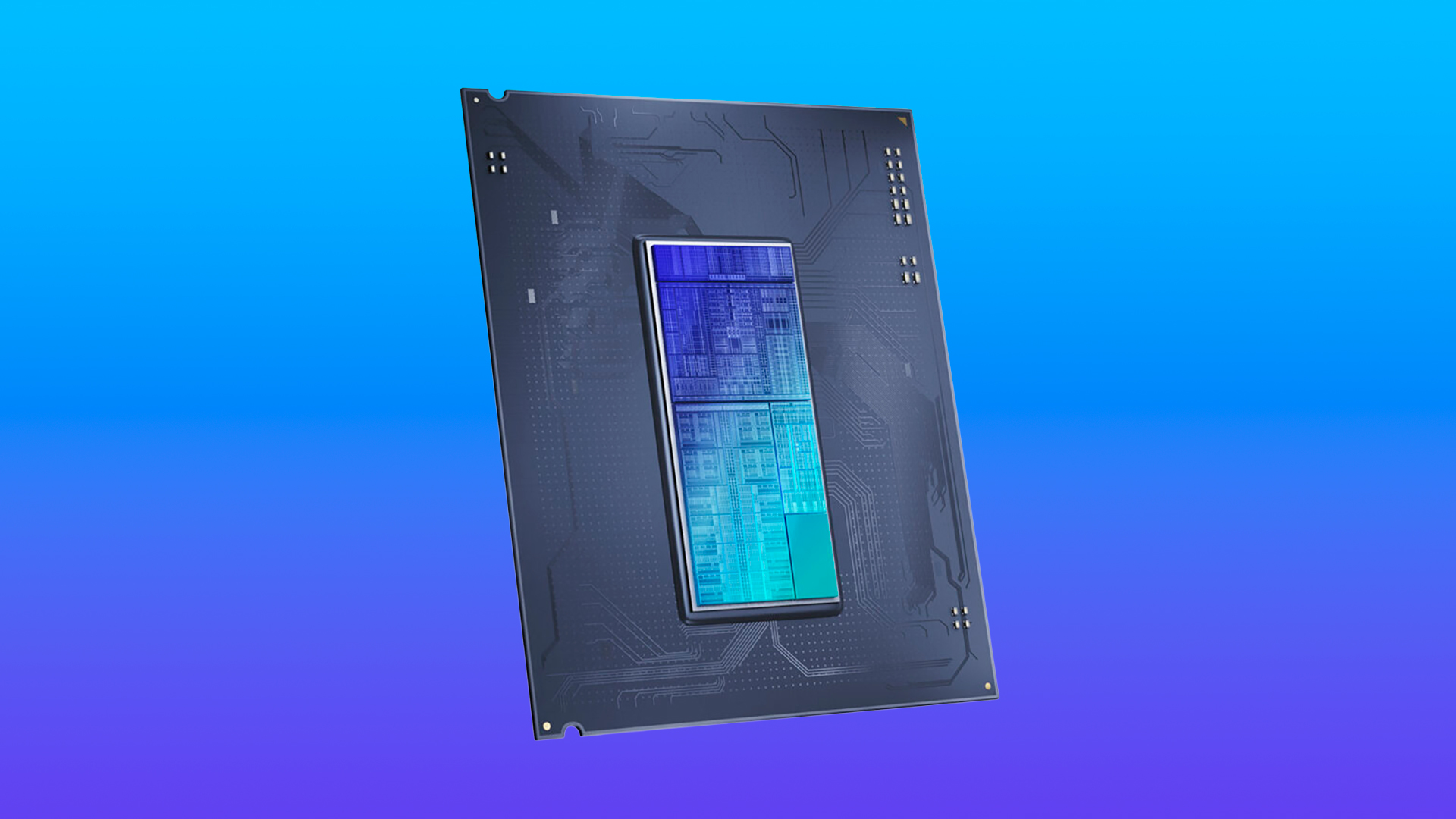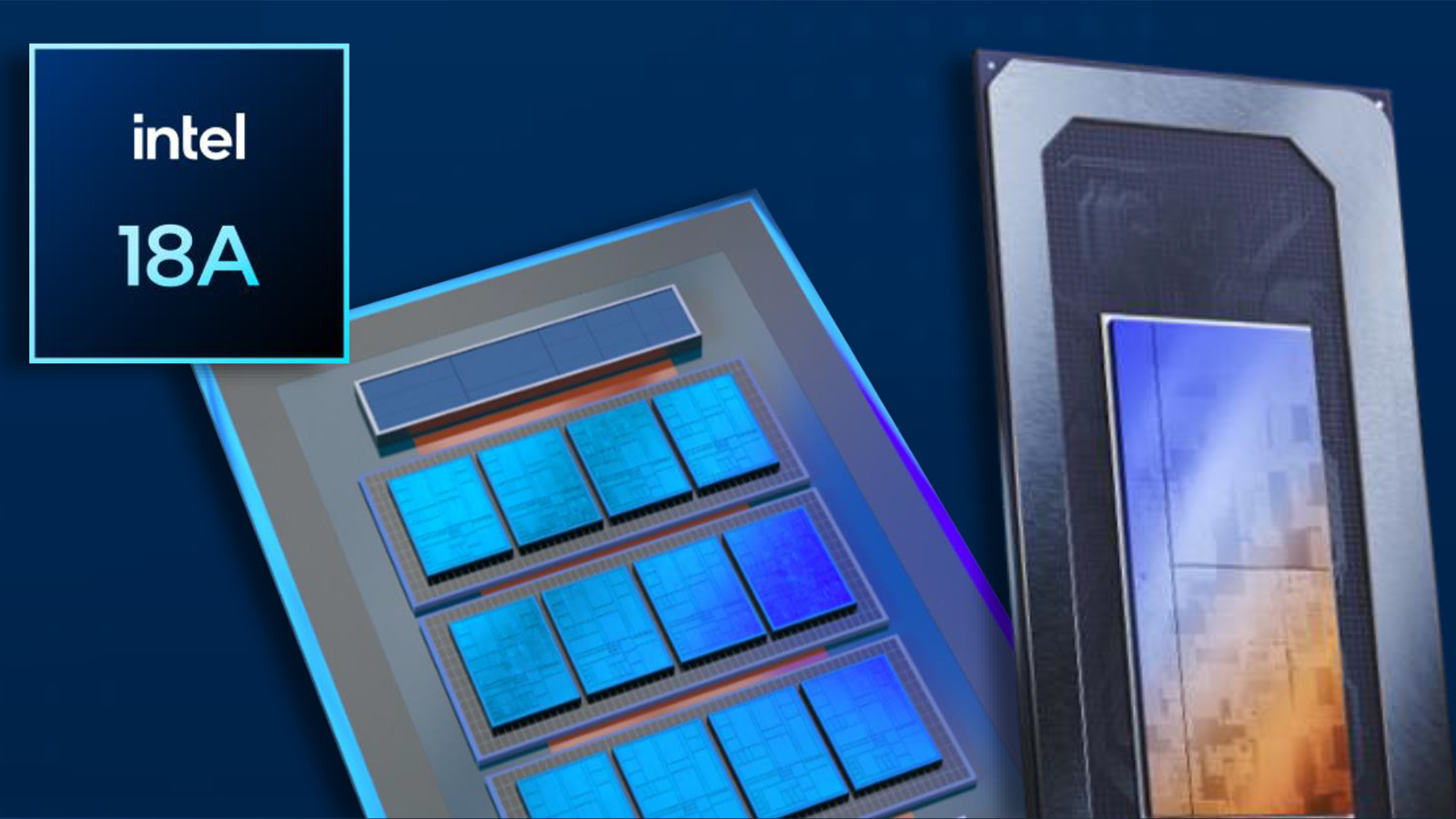Intel's next-gen Nova Lake and Diamond Rapids microarchitectures get official confirmation — Latest ISA reference doc details the P-Cores and E-Cores upcoming CPUs will use

Intel is thought to be working on its Panther Lake lineup of mobile CPUs set to release toward the end of this year or early in 2026. Beyond that, the 2026 roadmap is filled with its Nova Lake client processors and Diamond Rapids server processors, and while most of the news surrounding these has come from the rumor mill, we've just got a major official confirmation from Intel itself.
#Intel released the 59th edition of the ISA Extensions Reference with some #PantherCove, #CoyoteCove and #ArcticWolf microarchitecture details#DiamondRapids #NovaLake #WildcatLakeDownload:https://t.co/adBxCjZN4G#AMX_TRANSPOSE removed https://t.co/Sjn0LaDWL1 pic.twitter.com/UEIMeaJcltOctober 1, 2025
Previous leaks have suggested that the Nova Lake family would ship with brand new core micro-architectures, and the latest edition of the ISA Reference document, published by Intel, has just confirmed this. Nova Lake, which will spread across desktop and mobile, will use Coyote Cove P-Cores and Arctic Wolf E-Cores. Updated cores bring IPC uplifts and efficiency improvements — how much so remains to be seen — which are expected to pair with the new LGA 1954 socket for platform improvements, too. Nova Lake may also pack in a new Xe3 GPU tile for integrated graphics.
The flagship Nova Lake-S desktop chip is rumored to feature up to 52 cores, while the mobile lineup will reportedly top out at 28 cores. There were rumors of a Strix Halo competitor dubbed Nova Lake-AX that would mark Intel's re-entry in the booming APU segment, but those have since been put in limbo. Nova Lake will reportedly be manufactured by TSMC for the most part, with at least one tile being fabricated using Intel's own 18A process. It will serve as Intel's direct answer to AMD Zen 6 client CPUs.

On the server side, the Diamond Rapids lineup of Xeon CPUs was recently tipped to use Panther Cove P-Cores. Just as a refresher, Intel is currently running two parallel Xeon families: one shipping with only E-Cores (Forrest designation) and one with only P-Cores (Rapids designation); Diamond Rapids is the latter. Unfortunately, these Panther Cove P-Cores will not bring back SMT to Intel's workstation SKUs, but that will reportedly be addressed with the follow-up Coral Rapids family.
A reference to Panther Cove-X also exists in the documentation, assuming it's a variant of the standard P-Core, but there's no additional info on this. Diamond Rapids will focus on pushing core density, reportedly offering up to 192 cores to compete with AMD's Zen 6-based EPYC lineup.
In the ISA document, there was also a reference to Wildcat Lake, the update to Twin Lake (Alder Lake-N) APUs, confirming that they're on the way as well — currently rumored to launch with Panther Lake as lower-end mobile options, contrasting with Panther Lake's mid-to-high-tier target audience. These will feature the Cougar Cove P-Cores and Darkmont E-Cores (the same as the ones on Panther Lake). That's a lot of bodies of water and animals we've mentioned in one article.
Follow Tom's Hardware on Google News, or add us as a preferred source, to get our up-to-date news, analysis, and reviews in your feeds. Make sure to click the Follow button!
Get Tom's Hardware's best news and in-depth reviews, straight to your inbox.

Hassam Nasir is a die-hard hardware enthusiast with years of experience as a tech editor and writer, focusing on detailed CPU comparisons and general hardware news. When he’s not working, you’ll find him bending tubes for his ever-evolving custom water-loop gaming rig or benchmarking the latest CPUs and GPUs just for fun.
-
bit_user Reply
IMO, the one worth paying attention to is Arctic Wolf. For over a decade (i.e. at least since the 22 nm Silvermont), Intel has used the "mont" suffix in all E-cores. Arctic Wolf represents a departure from this convention.The article said:That's a lot of bodies of water and animals we've mentioned in one article.
It's also rumored that Arctic Wolf will be the foundation of future "unified" cores. In that case, the current P-core lineage would finally end.
It does seem weird for Intel to completely ditch hybrid, but I wonder if the idea is to do something more like AMD or Qualcomm, where you have a single base microarchitecture, and either do an efficiency-optimized layout (like AMD's C-cores) or a scaled-down version for your E-cores (like Qualcomm's Oryon). -
TerryLaze Reply
Why would you think that unified cores would stop the P-cores or hybrid?!bit_user said:It's also rumored that Arctic Wolf will be the foundation of future "unified" cores. In that case, the current P-core lineage would finally end.
It does seem weird for Intel to completely ditch hybrid,
Unified cores are an easy and cheap way to fight back against ever larger "single thread" numbers from amd and especially apple, those are just throughput numbers now and unified cores, from p-cores, will beat them much easier and much cheaper, using far less resources (wafer space) than if they had to use the same amount of 'twice the wideness' cores. -
bit_user Reply
Well, the point of "unified" cores is that you have only one microarchitecture. As I tried to explain, it doesn't necessarily mean that all cores in a CPU would be equal.TerryLaze said:Why would you think that unified cores would stop the P-cores or hybrid?!
It would make more sense to have only one microarchitecture for each generation, instead of maintaining two completely different core lineages. As I cited, AMD and Qualcomm have both demonstrated different ways of making that work.
Huh? No, I disagree. I don't think it necessarily helps single-thread numbers, at all.TerryLaze said:Unified cores are an easy and cheap way to fight back against ever larger "single thread" numbers from amd and especially apple,
I think it's mainly about economy (if the rumors are true). You have a single engineering effort and fewer opportunities for bugs & security holes. -
TerryLaze Reply
Oh right, confused it with the new super cores.bit_user said:Well, the point of "unified" cores is that you have only one microarchitecture. As I tried to explain, it doesn't mean that all cores in a CPU would be equal.
It would make more sense to have only one microarchitecture for each generation, instead of maintaining two completely different core lineages. As I cited, AMD and Qualcomm have both demonstrated ways of making that work.
Huh? No, I disagree. I don't think it necessarily helps single-thread numbers, at all.
I think it's mainly about economy (if the rumors are true). You have a single engineering effort and fewer opportunities for bugs & security holes. -
bit_user Reply
Ah, yes. That would definitely help single-threaded performance, if it works how I believe it would.TerryLaze said:Oh right, confused it with the new super cores. -
usertests ReplyValidating previous leaks.
I guess I hadn't tracked the leaks that closely, but it wasn't clear to me that Nova Lake would use different cores than Panther/Wildcat. So hopefully that brings some improvements.
It's too early to implement "super cores", and I have no speculation about IPC, but this should be among the first consumer chips to support AVX10, stopping the bleeding of AMD running into the distance with its AVX-512 implementations (useful for certain workloads, emulators, etc).
BTW, if it's true that Medusa Point can pair a desktop CCD with the central I/O+cores chiplet, I'd expect that all Zen 6 products get the full-width AVX-512 implementation (currently Granite Ridge does, Strix Point doesn't). -
bit_user Reply
Yeah, we can't read much into the cores having different names, as Raptor Cove differed from Golden Cove basically in the amount of L2 cache. Although, L2 cache doesn't necessarily trigger a different codename, since (IIRC) Lion Cove varies this between Lunar Lake and Arrow Lake.usertests said:I guess I hadn't tracked the leaks that closely, but it wasn't clear to me that Nova Lake would use different cores than Panther/Wildcat. So hopefully that brings some improvements.
Yeah, way early! I think "super cores" definitely won't arrive until at least the successor of Nova Lake (Razer Lake?). They need additional ISA extensions, to make it efficient, and those weren't included in the disclosures for Nova Lake. Plus, it'll need a fair amount of OS support.usertests said:It's too early to implement "super cores",